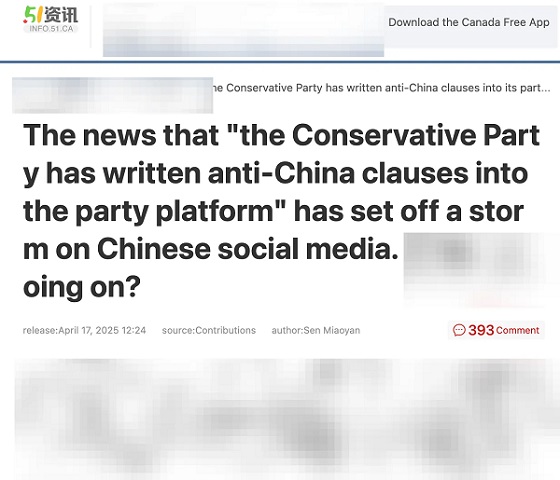International
Kennedy Exposes the Swamp – Vivek and Musk Appointed to DOGE
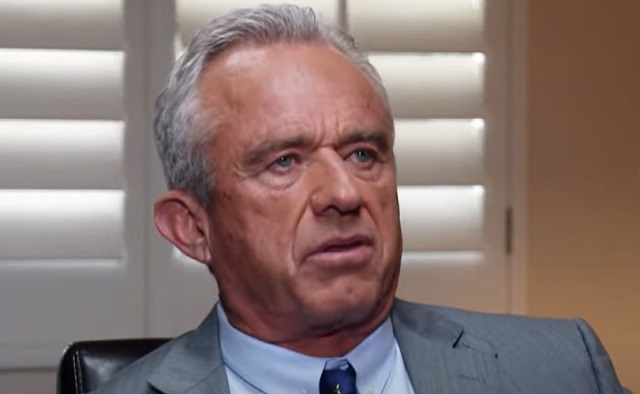
Government corruption is not isolated to Washington. The media, academics, lobbyists, think-tanks, pharmaceutical companies, big tech, and perhaps every organization with ties to federal agencies compromises the corrupt system. It is finally time to drain the swamp.
I often speak on how bankers simply never serve time in prison because they hire the people from the agencies who are supposed to regulate them. Goldman Sachs, for example, may pay a fine but they never send their own to jail. Any fee paid is never even close to the money they actually made, rather, it is just a pay-off. We see the same system throughout every organization or university that government has tarnished. They have become above the law.
A study entitled “Lobbyists into Government” (Benjamin C. K. Egerod and Joshua McCrain (2023)) examines what occurs when a lobbyist transitions into a role in government. Lobbyists are trained to influence and persuade government officials to act on behalf of their corporation. Lobbying firms often hire men and women with prior government experience to gain access to their connections. There are no laws preventing these individuals from entering the government, as both sides of the aisle are drenched in corruption. It has become one giant revolving door. As they say, “It’s one big club and you’re not in it.”
Anthony Fauci acted as the director of the National Institutes of Health while also acting as a top funder of bioweapon research at the Wuhan Institute of Virology. Stephen Hahn once served as the FDA commissioner in charge of regulating Moderna, one of the pioneers of the COVID-19 vaccine, and then Hahn went on to work directly for Moderna. Scott Gottlieb played the same move with the FDA and Pfizer, as did Mark McClellan with the FDA and Johnson & Johnson.
Kennedy said that the new government would listen to whistleblowers like Edward Snowden, who had been forced into hiding for speaking out against blatant corruption. Countless individuals have risked their freedom and lives to raise the alarm on the magnitude of government corruption. They have been demonized by the media as conspiracy theorists or even domestic terrorists.
The swamp has expanded to every corner of the US. Universities and think tanks produce studies to align with their funders’ political interests. We must starve these corrupt actors of government funds. Then, the new administration must examine how extensively this corruption damaged American lives. We allowed bad actors like Fauci to sell us on the idea of a never-ending pandemic blamed on Chinese peasants at a wet market when he was actively funding gain-of-function research. Kennedy, in particular, has a bone to pick with Fauci.
The Biden Administration focused on multiplying the public sector and expanding government oversight. Trump has appointed Elon Musk and Vivek Ramaswamy to lead the Department of Government Efficiency (DOGE). “Together, these two wonderful Americans will pave the way for my administration to dismantle government bureaucracy, slash excess regulations, cut wasteful expenditures, and restructure federal agencies — essential to the ‘Save America’ Movement,” Mr Trump added.
Elon Musk said he looks forward to draining the swamp in Washington. “All actions of the Department of Government Efficiency will be posted online for maximum transparency. Anytime the public thinks we are cutting something important or not cutting something wasteful, just let us know! We will also have a leaderboard for most insanely dumb spending of your tax dollars. This will be both extremely tragic and extremely entertaining,” he posted on X. Vivek posted that they “will not go gently” on corrupt officials.
In addition to damaging American society and aiding in the demise of our very civilization, this corruption is extremely expensive. Trump noted: “Importantly, we will drive out the massive waste and fraud which exists throughout our annual $6.5 Trillion Dollars of Government Spending. They will work together to liberate our Economy, and make the U.S. Government accountable to ‘WE THE PEOPLE.’”
This is one of the main reasons why they attempted to assassinate Trump. The politicians crying that Trump will have them imprisoned know they were acting with ill intent. Our public servants must serve America and American interests. Our food, medicine, education, and every area of life must be free of exploitative practices that only benefit the establishment. IT IS TIME TO DRAIN THE SWAMP.
conflict
Trump tells Zelensky: Accept peace or risk ‘losing the whole country’
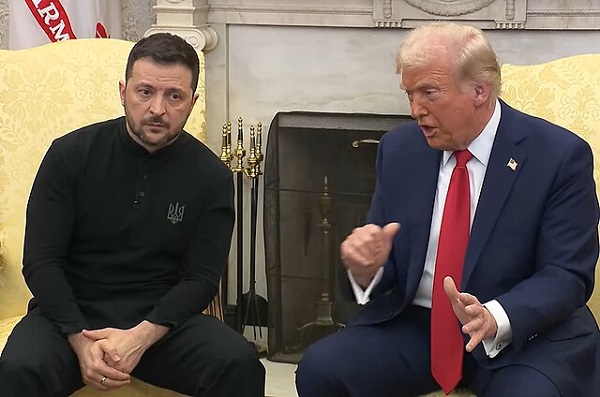
 MxM News
MxM News
Quick Hit:
President Donald Trump warned Ukrainian President Volodymyr Zelensky that he risks losing Ukraine entirely if he continues resisting a peace settlement. Trump said Moscow is ready for peace, but Kyiv’s refusal to recognize Crimea as Russian territory could derail the effort.
Key Details:
- Trump said Zelensky “can have Peace or… lose the whole Country” and claimed Russia is ready to make a deal.
- Zelensky reiterated Ukraine’s refusal to recognize Russia’s occupation of Crimea, a key sticking point in current peace talks.
- White House press secretary Karoline Leavitt said Trump is frustrated and warned peace efforts may end if no deal is reached this week.
Diving Deeper:
President Trump issued a blunt warning to Ukrainian President Volodymyr Zelensky on Wednesday, saying the Ukrainian leader must choose between accepting peace or facing the collapse of his nation.
“He can have Peace or… fight for another three years before losing the whole Country,” Trump posted on Truth Social. The statement followed Zelensky’s firm declaration that Ukraine “will not legally recognize the [Russian] occupation of Crimea,” a stance at odds with a proposed peace plan under discussion in London between U.S., British, and European officials.
Trump blasted Zelensky’s comment as damaging, declaring, “Crimea was lost years ago under the auspices of President Barack Hussein Obama, and is not even a point of discussion.” The president added that such rhetoric undermines delicate peace negotiations.
Speaking from the Oval Office, Trump said, “I think Russia is ready,” referring to a peace deal, but questioned whether Ukraine is. Kyiv reportedly signed on to a Trump-proposed ceasefire more than a month ago. Trump hinted that progress has been stymied by Zelensky’s reluctance to compromise.
Despite Russian officials signaling a desire to prolong negotiations—with Kremlin spokesman Dmitry Peskov dismissing Trump’s efforts as “futile”—Trump maintained optimism, stating, “I think we have a deal with Russia… we have to get a deal with Zelensky.”
White House press secretary Karoline Leavitt said Trump’s patience is wearing thin. “President Zelensky has been trying to litigate this peace negotiation in the press, and that’s unacceptable,” she said, calling for closed-door diplomacy. “The American taxpayer has funded billions… enough is enough.”
Trump, 78, has consistently criticized Obama for allowing Russia’s 2014 annexation of Crimea to go unanswered. Now, under the Trump administration’s push for peace, a senior official revealed the U.S. is considering recognizing Crimea as Russian territory—a reversal of longstanding American policy based on the 1940 Welles Declaration.
Still, Trump refrained from criticizing Vladimir Putin directly, instead blaming Zelensky for inflammatory statements. “He has nothing to boast about!” Trump said, referencing a heated Feb. 28 Oval Office exchange with Zelensky and Vice President JD Vance.
“I have nothing to do with Russia,” Trump wrote, “but have much to do with wanting to save… five thousand Russian and Ukrainian soldiers a week.”
Trump warned that time is running out: “We are very close to a Deal, but the man with ‘no cards to play’ should now, finally, GET IT DONE.”
With London talks underway and pressure mounting, officials hinted that if no agreement is reached this week, the U.S. could walk away from its efforts in Eastern Europe. Asked whether Trump is ready to give up, Leavitt said, “Not by the end of the day today… but the President… needs to see this thing come to an end.”
Entertainment
Pedro Pascal launches attack on J.K. Rowling over biological sex views

 MxM News
MxM News
Quick Hit:
Pedro Pascal, star of HBO’s The Last of Us, ignited backlash this week after publicly hurling an expletive-laced insult at author J.K. Rowling in response to her support for a landmark UK ruling that upheld the legal definition of sex as biological. Rowling celebrated the decision, which affirms the rights of women to single-sex spaces—a view shared by many who advocate for the safety and integrity of women’s rights. Pascal, a vocal progressive and LGBTQ+ activist, labeled Rowling a “heinous loser,” aligning himself with calls to boycott HBO’s upcoming Harry Potter reboot.
Pedro Pascal calls J.K. Rowling a “heinous loser” after she celebrated the Supreme Court’s ruling regarding trans women’s legal identities. pic.twitter.com/LEGMD79PjQ
— Pop Base (@PopBase) April 24, 2025
Key Details:
-
Pedro Pascal responded on Instagram to Rowling’s post celebrating a UK court ruling that legally defined “sex” as biological.
-
Pascal echoed an activist’s call for a fan-led boycott of the Harry Potter reboot, saying Rowling’s stance was “heinous LOSER behavior.”
-
HBO has downplayed concerns of a boycott, citing the blockbuster success of Hogwarts Legacy despite similar activist campaigns.
Diving Deeper:
The latest clash in the culture war surrounding Harry Potter author J.K. Rowling and the trans activist movement reached a new level of hostility this week when actor Pedro Pascal, a key face of HBO’s entertainment slate, stooped to name-calling on social media. His remarks came in response to Rowling’s defense of the United Kingdom’s recent court decision, which reaffirmed that sex, under British law, means biological sex—a ruling many women’s rights advocates hailed as a long-overdue step toward protecting vulnerable female spaces such as shelters, hospital wards, and sports.
Rowling, whose views on the importance of distinguishing biological sex from gender identity have made her a target of trans activists for years, posted a pointed but unapologetic reaction: “I love it when a plan comes together.” She added, “I get the same royalties whether you read [my books] or burn them. Enjoy your marshmallows!”
In the comments of a post by activist Tariq Ra’ouf—who had attacked Rowling and promoted a boycott of HBO’s Harry Potter reboot—Pascal added his own vulgar commentary: “Awful disgusting SHIT is exactly right. Heinous LOSER behavior.” While Pascal did not explicitly mention Harry Potter, the post he endorsed included calls to tank all future franchise content, including theme parks and merchandise.
Pascal’s involvement with HBO places the network in a difficult position. As the Emmy-nominated co-lead of The Last of Us, one of HBO’s crown jewels, Pascal’s comments are being widely interpreted as an implicit endorsement of the boycott. While HBO has attempted to downplay the activist push, the tension is palpable. Casey Bloys, HBO’s chief content officer, previously noted that the 2023 video game Hogwarts Legacy, which also faced calls for boycotts due to Rowling’s views, still became the year’s top-selling game.
Pascal’s activism is personal as well as political. His sister, Lux Pascal, publicly transitioned in 2021, and he has frequently signaled support for trans activism. At the UK premiere of Marvel’s Thunderbolts, Pascal wore a shirt that read “Protect the Dolls,” a slogan popularized in trans activist circles.
Rather than “heinous,” Rowling’s remarks represent a reasoned defense of biological reality and a pushback against an increasingly aggressive ideology that demands conformity and punishes dissent. Her critics, like Pascal, resort to vulgarity and character attacks instead of engaging with the substance of her argument. But Rowling has stood firm in supporting women’s rights and advocating for clarity in laws that impact everything from sports to safety in single-sex spaces—positions grounded in truth, not hate.
-

 2025 Federal Election2 days ago
2025 Federal Election2 days agoPolice Associations Endorse Conservatives. Poilievre Will Shut Down Tent Cities
-

 2025 Federal Election18 hours ago
2025 Federal Election18 hours agoStudy links B.C.’s drug policies to more overdoses, but researchers urge caution
-
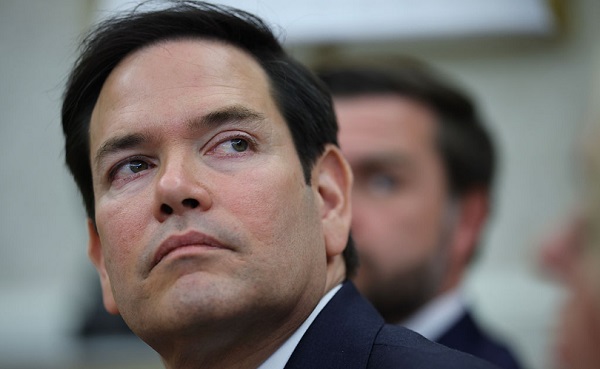
 conflict2 days ago
conflict2 days agoMarco Rubio says US could soon ‘move on’ from Ukraine conflict: ‘This is not our war’
-

 Business1 day ago
Business1 day agoChinese firm unveils palm-based biometric ID payments, sparking fresh privacy concerns
-

 Alberta2 days ago
Alberta2 days agoRed Deer Justice Centre Grand Opening: Building access to justice for Albertans
-
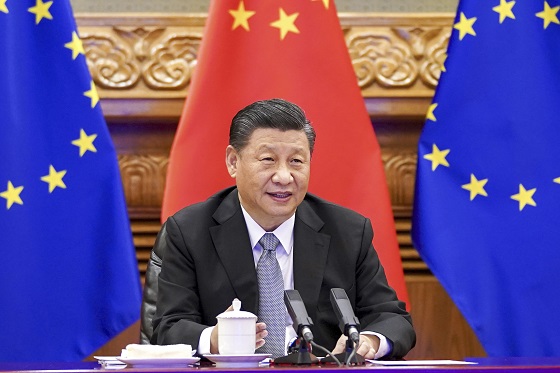
 Business2 days ago
Business2 days agoTrump: China’s tariffs to “come down substantially” after negotiations with Xi
-

 2025 Federal Election1 day ago
2025 Federal Election1 day agoFormer WEF insider accuses Mark Carney of using fear tactics to usher globalism into Canada
-

 2025 Federal Election2 days ago
2025 Federal Election2 days agoCanada’s press tries to turn the gender debate into a non-issue, pretend it’s not happening







